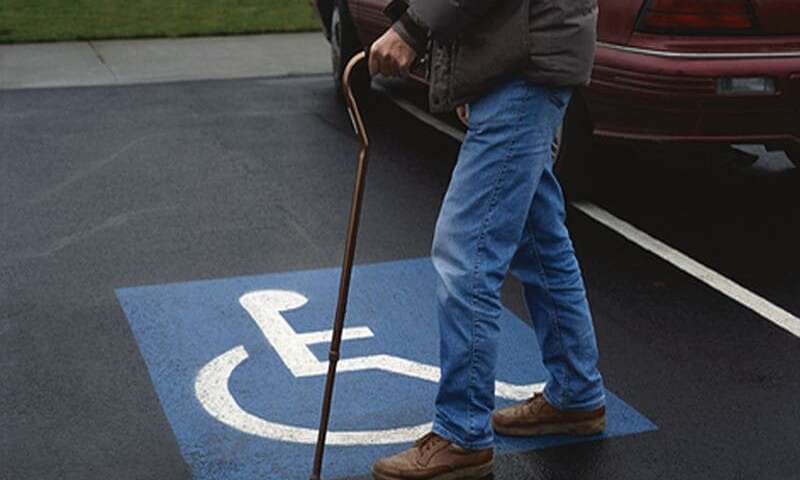
(HealthDay)—Multiple sclerosis (MS) is a risk factor for major fractures independent of the Fracture Risk Assessment tool (FRAX) score, according to a study published in the June issue of the Journal of Bone and Mineral Research.
Etienne J. Bisson, from Queen’s University in Kingston, Ontario, Canada, and colleagues evaluated FRAX performance for people with MS when bone mineral density (BMD) was known. The authors sought to determine if MS is a risk factor for fracture independent of FRAX score. Population-based databases were used to identify 744 people with MS who underwent BMD screening after MS diagnosis and 3,721 controls matched by age, sex, and first BMD screening date.
The researchers found that MS cases had a higher mean FRAX 10-year probability of major osteoporotic fractures (MOF) calculated with BMD compared with controls. When researchers controlled for FRAX 10-year probability without BMD as well as FRAX individual risk factors, MS increased the risk for MOF (hazard ratios, 1.67 and 1.45, respectively). Further, when they controlled for FRAX 10-year probability of MOF with BMD, MS remained a risk factor for MOF (hazard ratio, 1.48). The observed 10-year MOF risk in MS cases was underestimated by 3 to 5 percent using FRAX 10-year probability. When secondary osteoporosis was used to calculate FRAX without BMD, calibration improved and was best when the rheumatoid arthritis input was used to calculate FRAX probability plus BMD.
“Using secondary osteoporosis or rheumatoid arthritis as proxies for MS improves performance of FRAX and accurately predicts MOF outcomes in those with MS,” the authors write. “This provides clinicians with a readily available approach to improve the accuracy of fracture prediction in MS.”

